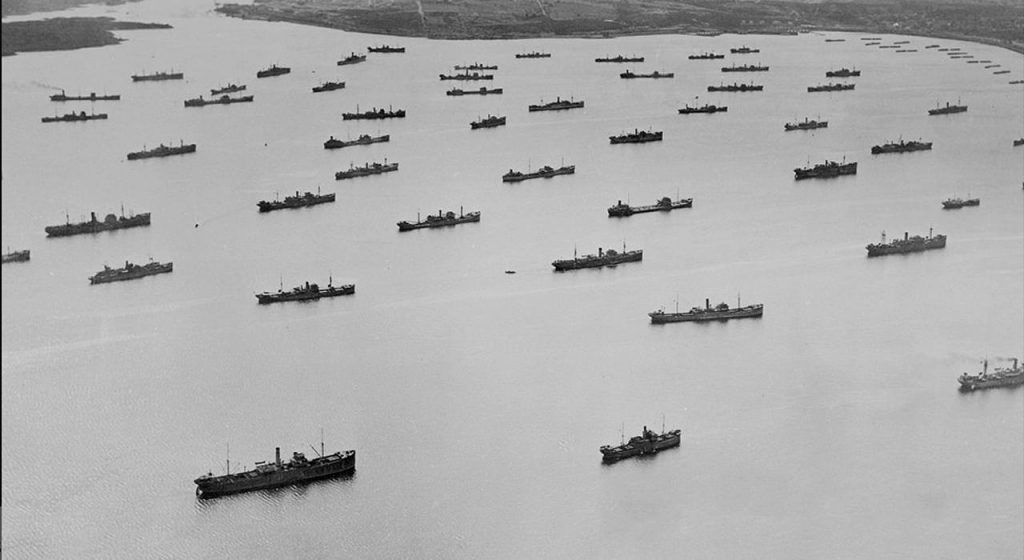During #WWII #England sent all its #gold to #Canada for safekeeping. It was mostly shipped to #Halifax and then sent by train to #Ottawa where it was stored in the @bankofcanada's vaults.
#nspoli #cbpoli #NovaScotia #capebreton #nshistory @NS_Museum @Pier21

#nspoli #cbpoli #NovaScotia #capebreton #nshistory @NS_Museum @Pier21


#OperationFish was the largest movement of physical wealth in human history - $160 billion worth in 2017 dollars.
#nspoli #cbpoli #NovaScotia #capebreton #nshistory

#nspoli #cbpoli #NovaScotia #capebreton #nshistory


Sending the #gold to #Canada meant it would be safe if #England were invaded and it could be used to buy military equipment and supplies from the US. This was key - without "cash" to buy material, Britain couldn't have fought the early part of the war.
#nspoli #cbpoli #NovaScotia

#nspoli #cbpoli #NovaScotia


The first shipment came in spring 1939 when #KingGeorgeVI and #QueenElizabeth visited. £30 million in #gold was secretly carried on two warships that accompanied the royals.
#nspoli #cbpoli #NovaScotia #capebreton #nshistory
#nspoli #cbpoli #NovaScotia #capebreton #nshistory

The first wartime shipment involved the light cruisers HMS Emerald and Enterprise, the cruiser Caradoc, and two battleships, the Revenge and the Resolution. Each carried £2 million in gold bars. They arrived in #Halifax on October 16, 1939.
#nspoli #cbpoli #NovaScotia #capebreton
#nspoli #cbpoli #NovaScotia #capebreton

Despite the huge losses in the #BattleoftheAtlantic - 3,500 Allied merchant ships and 175 Allied warships - every #gold shipment sent as part of #OperationFish made it safely to #Canada.
#nspoli #cbpoli #NovaScotia #capebreton #nshistory

#nspoli #cbpoli #NovaScotia #capebreton #nshistory


Some other European countries, such as France, Norway, Belgium and the Netherlands also sent gold to Canada.
#Canada stored 186,332 #gold bars and over 8 million ounces of gold in other forms (mostly coins) for Allies.
#nspoli #cbpoli #NovaScotia #capebreton #nshistory
#Canada stored 186,332 #gold bars and over 8 million ounces of gold in other forms (mostly coins) for Allies.
#nspoli #cbpoli #NovaScotia #capebreton #nshistory

Since we're #Canadian, eh, the @bankofcanada didn't charge our Allies for safeguarding this huge quantity of #gold and none went missing.
The emptied @bankofengland vault was turned into a staff canteen during WWII.
#nspoli #cbpoli #NovaScotia #capebreton #nshistory
The emptied @bankofengland vault was turned into a staff canteen during WWII.
#nspoli #cbpoli #NovaScotia #capebreton #nshistory

• • •
Missing some Tweet in this thread? You can try to
force a refresh



























